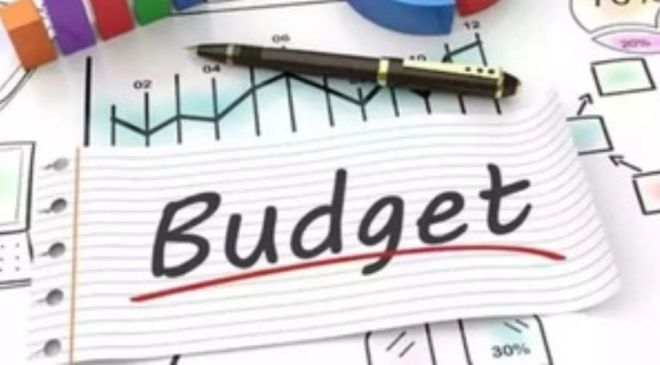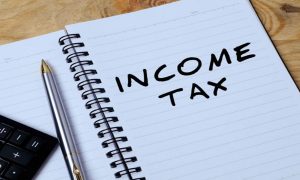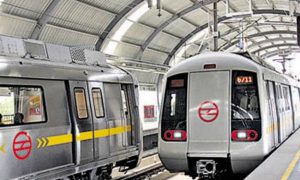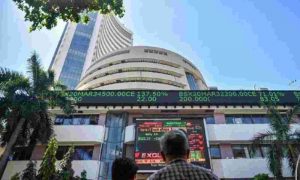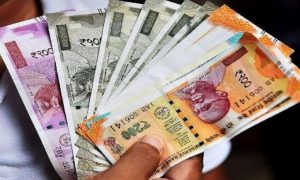Finance Minister Nirmala Sitharaman is set to present the Union Budget 2024 on July 23, and as usual, a keydemand amongst citizens is for tax relief.
While reports indicate that the government may introduce measures to enhance the appeal of the new income tax regime, taxpayers are also hoping for a revamp of the old regime, which offers the advantage of deductions.
A proposal by BankBazaar aims to provide tax relief to millions of middle-class taxpayers. The proposed changes to the old income tax regime involve adjusting the income tax slabs to account for inflation, a move that could greatly benefit many.
Read More: Gold Rates Today: Check Top City Wise Gold Prices In India On 17th July, 2024
Read Full Budget 2024 Coverage
Under the current old tax regime, the tax structure has remained unchanged since 2013.
The existing slabs tax areâ income from Rs 2.5 lakh to Rs 5 lakh at 5%, from Rs 5 lakh to Rs 10 lakh at 20%, and any income above Rs 10 lakh at 30%.
BankBazaar proposes that the 30% tax slab be adjusted upwards to Rs 18 lakh, reflecting inflation adjustments over the period.
This adjustment would provide considerable relief compared to the existing Rs 10 lakh threshold, which has been in place for over a decade.
How will it help taxpayers opting for old tax regime?
The BankBazaar Primer for Budget 2024 highlights the necessity of updating the 20% and 30% tax slabs for the old regime.
The Cost Inflation Index shows a significant rise from 200 in 2012-13 to 363 in 2024-25, an 81.5% increase, underlining the need for these adjustments.
Persistent inflation in recent years has further escalated the index, making it imperative to update the old slab rates without further delay.
The proposed income tax slab adjustments aim to address the erosion of real income and the excess taxes paid by taxpayers due to the frozen slab rates.
For example, under the current old regime, taxpayers earning Rs 10 lakh are paying Rs 43,226 in excess taxes, which amounts to Rs 3,602 per month.
For an income of Rs 20 lakh, excess taxes paid are Rs 1.84 lakh in the old regime and Rs 67,978 in the new regime.
The old regime, favoured by many for its numerous deductions including rent, loan payments, insurance premiums, and tax-saving investments, has not been adjusted for inflation since 2013.
As a result, taxpayers are shouldering higher tax burdens while facing rising living costs.
BankBazaar’s proposal seeks to correct this imbalance by adjusting the slabs and enhancing specific deductions.
BankBazaar has also suggested enhancements required in particular sections, with respect to the old income tax regime.
Read More: Union Budget 2024: Date, Time, Where to Watch, Key Facts, Expectations, Here’s All You Need to Know
1) Section 80C limit: Currently at Rs 1.5 lakh (set in 2014), should be increased to at least Rs 2 lakh.
2) Section 80D deductions: Considering the rising insurance premiums post-COVID, should be increased to Rs 50,000 for general taxpayers and Rs 100,000 for senior citizens.
3) Home loan interest and principal payments: Should have a separate section with a limit up to Rs 5 lakh.
4) Rebates under Section 87A: Should be extended to incomes up to Rs 6.3 lakh, updating the last change made in 2019.
Why taxpayers prefer old income tax regime?
The new tax regime charges no income tax on a taxable income of Rs 7 lakh or less, making it attractive for lower-income earners.
However, for those above this threshold, the old regime, despite its frozen slabs, often results in lower tax liabilities due to its deductions.
In an inflationary environment, the call for higher tax slabs and greater deductions becomes more pressing.

